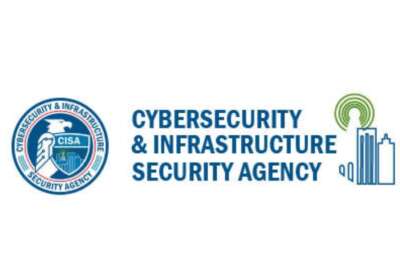GSA telecom tales from a ‘not-for-attribution’ conference
The General Services Administration extended the Networx contract for three years and released the draft request for proposals for the first major piece of the...
It still amazes me that a conference with more than 500 attendees can be labeled off the record or not for attribution.
But it happened last week. My goal is not to give the folks who run the conference any free publicity, since they make it difficult for journalists to do their jobs, but let me just say it’s focused in the telecommunications market and for years it’s brought in some of the best government speakers together.
The fact that’s it’s not-for-attribution not only bewilders me in this day and age with instant access from Twitter, LinkedIn, Facebook and many other options where anyone can automatically post details from your phone or tablet, but also leads me to question why federal executives would show up for such an event given the ridiculous promise from the organizers.
So now that is off my chest, here’s the news from that unnamed conference:
The General Services Administration extended the Networx contract for three years and released the draft request for proposals for the first major piece of the Network Services 2020 vehicle Enterprise Infrastructure Solutions (EIS) on Feb. 28.
An industry source who attended this unnamed conference said GSA presenters, Fred Haines, Mary Davie, Amando Gavino, Bill Lewis, Jon Johnson and Dave Peters detailed their plans around NS2020, regional contracts, the new AcqServe portal and the new commercial satellite contract that’s coming soon.
The source said the room full of vendors were most interested in the EIS draft RFP and GSA’s timeline for the final RFP.
GSA said comments on the draft RFP will be due by March 31. Then, they will hold an industry day in May and release the final RFP by July.
EIS will be a five-year base with two five-year options for a total of 15 years, and GSA is hoping for more than the five telecommunications providers currently under the Networx program.
When GSA does release the draft RFP, vendors must register on to receive some of the sensitive documents around location of buildings and bandwidth requirements.
What’s most interesting about the EIS program so far is the fact GSA seems to be listening to industry. The industry source said GSA cut back the number of mandatory services to four: voice, Ethernet, virtual private network and managed network solutions. At the same time, GSA also is simplifying the back-end infrastructure requirements for capabilities such as billing, ordering and inventory controls.
The changes, in part, are a reaction to the arduous transition that came under Networx, and the desire to have more competition under EIS.
As for the current Networx contract, which now runs through 2020, agencies spent more than $1.5 billion last year, up 13 percent over 2013.
The biggest areas of growth have been around unified communications, bandwidth and mobility services.
Copyright © 2024 Federal News Network. All rights reserved. This website is not intended for users located within the European Economic Area.
Jason Miller is executive editor of Federal News Network and directs news coverage on the people, policy and programs of the federal government.
Follow @jmillerWFED






